
Vacuuming regularly is a non-negotiable when you have animals in the house, but have you considered how to maintain your vacuum when you have pets?
Pet hair, dander, and tracked-in mess can all clog and strain your machine over time, especially if it’s not built to cope. That loss of suction you’ve noticed might not be your imagination, even if you do own one of the best vacuums for pet hair.
To keep your vacuum working efficiently (and to avoid replacing it prematurely) when you have pets, there are a few simple maintenance steps you can take. Whether you own a dedicated pet vacuum cleaner or a regular model, here’s how to keep it in peak condition.
How to maintain your vacuum cleaner when you have pets
1. Remove the hair around the brushroll

Long pet hair wrapping around the brush bar is one of the biggest reasons why pet hair is so hard to vacuum. It's a common cause of blockages and potential damage over time. Left alone, this hair can put unnecessary strain on the motor, leading to worn-out belts or overheating.
‘If your pet has long hair, the hair will wrap around the brushrolls,’ says Nathaly Vieira, head of marketing and innovation at InspireClean.
‘This makes the vacuum less effective, and over time, the extra strain will damage the bearings and belt. You can easily sort this out by unplugging the vacuum and using scissors or a stitch ripper to cut the hair away from the brush rolls,’ she adds.
Scott Schrader, cleaning expert at CottageCare agrees: ‘For any pet complaint, I generally recommend cleaning the bristle head or whatever form of brush roll a vacuum cleaner has and cleaning the filter head every couple of weeks because the build-up of hair might affect the suction.’
Cleaning your vacuum and specifically the brushroll should ideally be done once a week if you’re vacuuming daily.
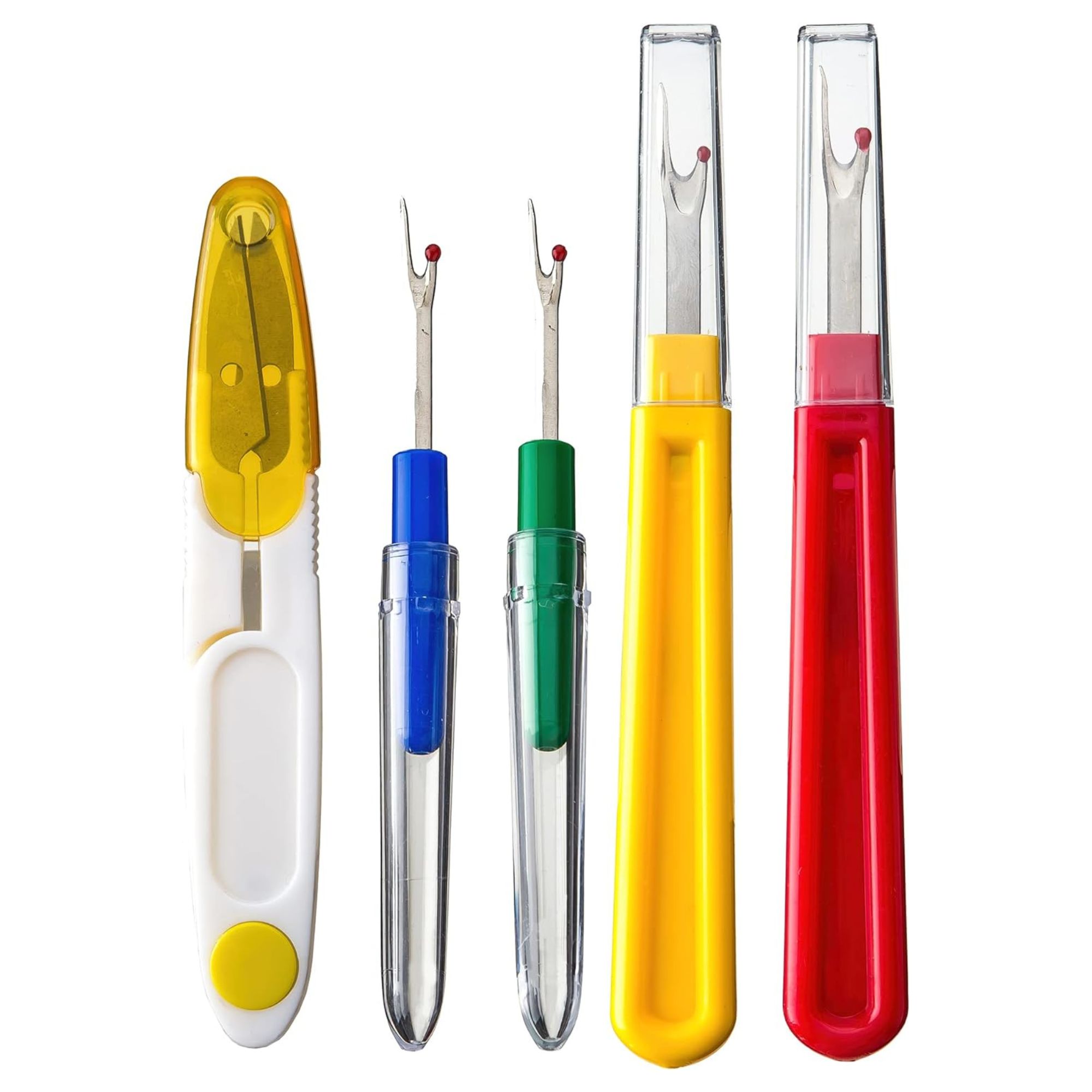
Instead of scissors, using precise thread rippers will make sure you're cutting out tangled pet hair without damaging your brushroll's bristles.
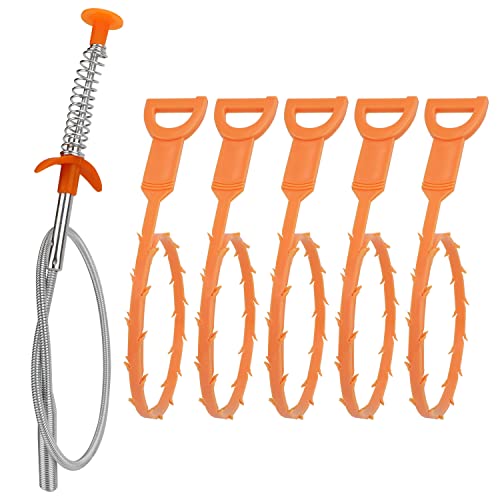
If you do happen to get a blockage in your vacuum's wand, hose or inlet valve, a simple drain clog remover will get rid of it. It's a handy thing to have around the house, too.
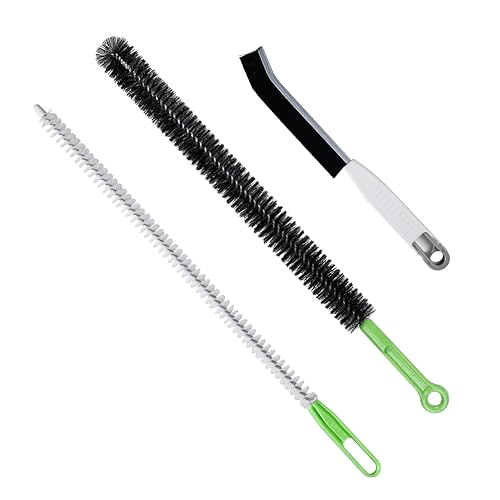
To keep your vacuum as clean as it should be, it's a smart idea to clean the dustbin and the internal parts every month or so to avoid a build-up of pet dander and dust.
2. Clean your vacuum's filters
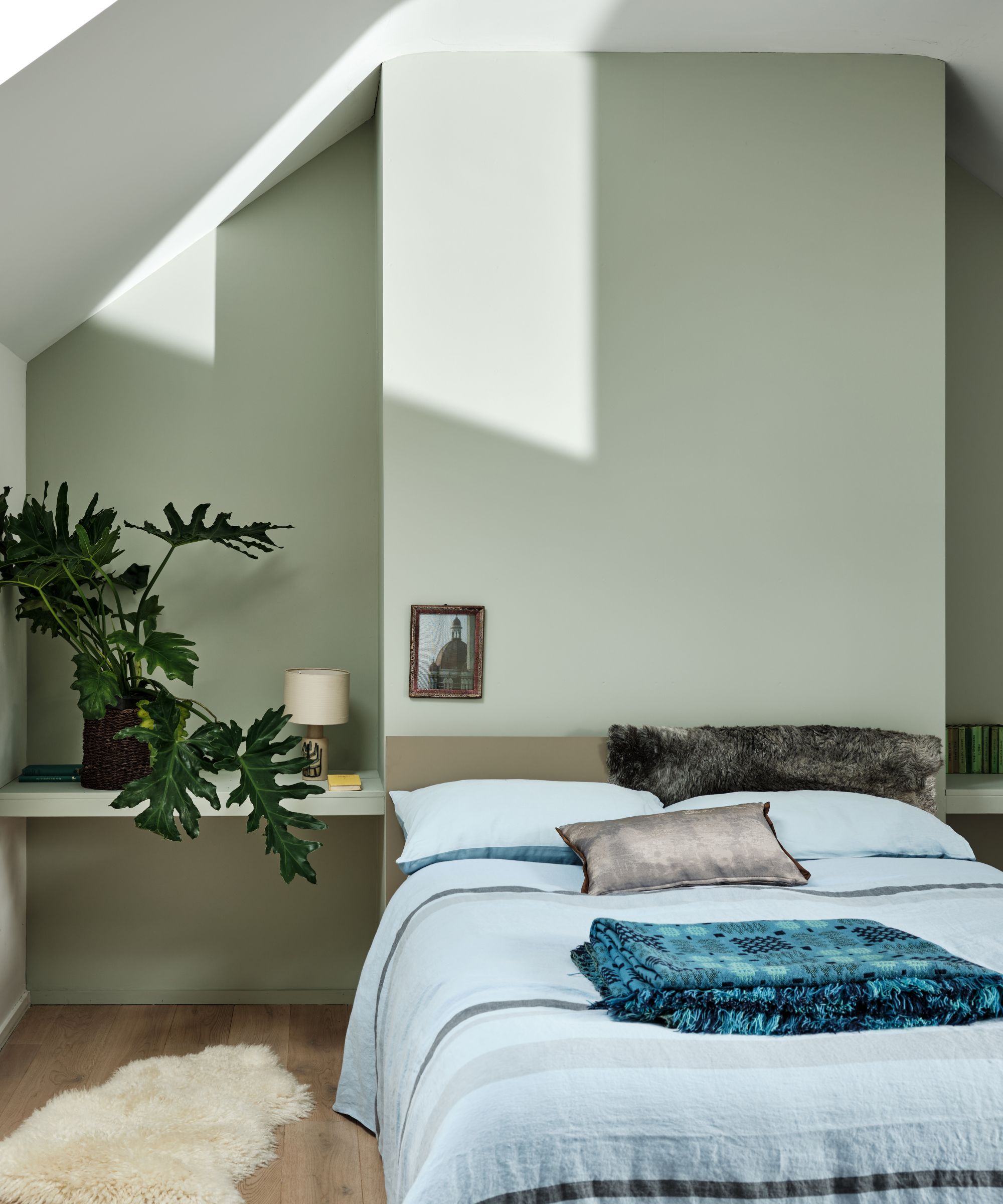
Pet dander, fine hair and dust mites can clog your vacuum filters more quickly than you might expect, which can reduce suction and recirculate these common household allergens into the air.
‘You should clean or replace the filters every two to four weeks to remove the pet dander,’ says Nathaly. ‘Some filters can be washed with warm soapy water and dried before putting back in.’ Always check your manufacturer’s care instructions to avoid damage.
Cleaning your vacuum filter, or specifically cleaning your Dyson vacuum filter, is a quick and relatively easy process, but it requires you to dry it for at least 24 hours to avoid bringing moisture into your appliance.
If your vacuum has a HEPA filter – which many of the best vacuums for allergies do – keeping it clean will help reduce allergy symptoms.
3. Empty the dustbin regularly

It's worth emptying your vacuum’s dustbin after every clean when you have pets. Pet hair compresses and settles into the container in a way that reduces airflow and suction faster than general debris. It's also generally best to avoid overfilling your vacuum as it can damage it over time.
‘Pet hair will fill the bag or the collection chamber quickly and reduce the suction and overwork the motor,’ says Nathaly. ‘To prevent this, we recommend emptying the vacuum after each major cleaning session, even if it is not totally full.’
Scott adds: ‘I find that regularly cleaning the filters, emptying the dust bin every time I use it, and ensuring no hair is wrapped around the roller brush all help keep the vacuum’s ability to suck at its highest efficiency.’
Knowing how to empty your vacuum cleaner properly is also key. For bagless models, emptying outside and away from vents can help prevent allergens from being released back into your home.
4. Consider buying a specialized pet vacuum
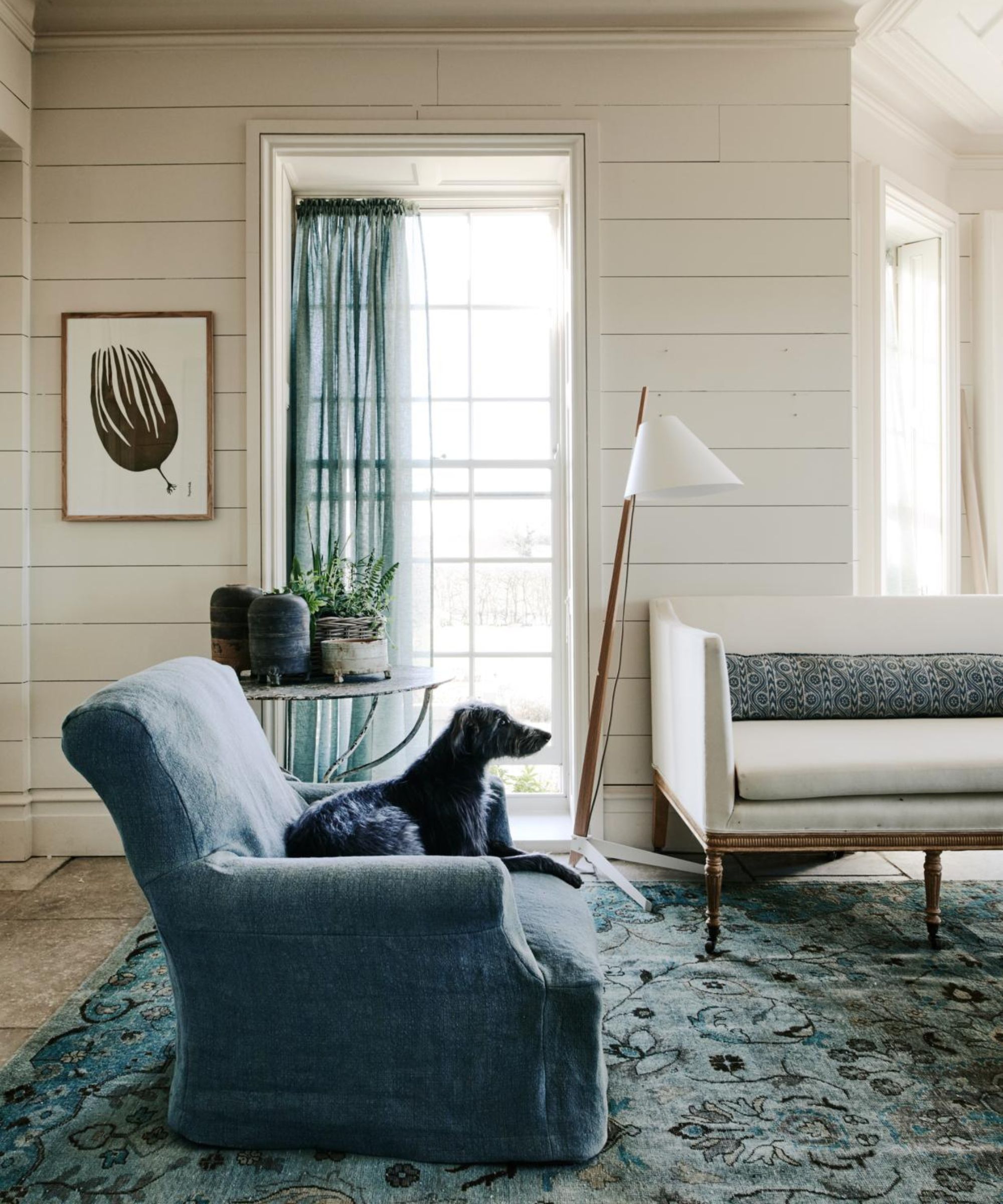
When you compare pet vacuums vs regular vacuums, pet-specific vacuums often come with tangle-free brushrolls, washable HEPA filters, and better suction designed to vacuum pet hair from carpets and upholstery with ease.
‘When you’re choosing a new vacuum, it’s worth looking for one that has HEPA filters as they can make a big difference to the amount of dust and dander that gets collected,’ says Nathaly. You could even use a tea bag vacuum hack to banish some of those pet smells.
Scott adds: ‘Some models come with tangle-free brush rolls and some are equipped with rollers that break down pet hair rather than wrap it. Either way, these features can prevent vacuums from being blocked up, and as such, maintain the effectiveness of a vacuum cleaner.’
We've tested 68 vacuums at Homes & Gardens on the lookout for the perfect pet cleaner. As home tech editor, here are my three personal favorites.
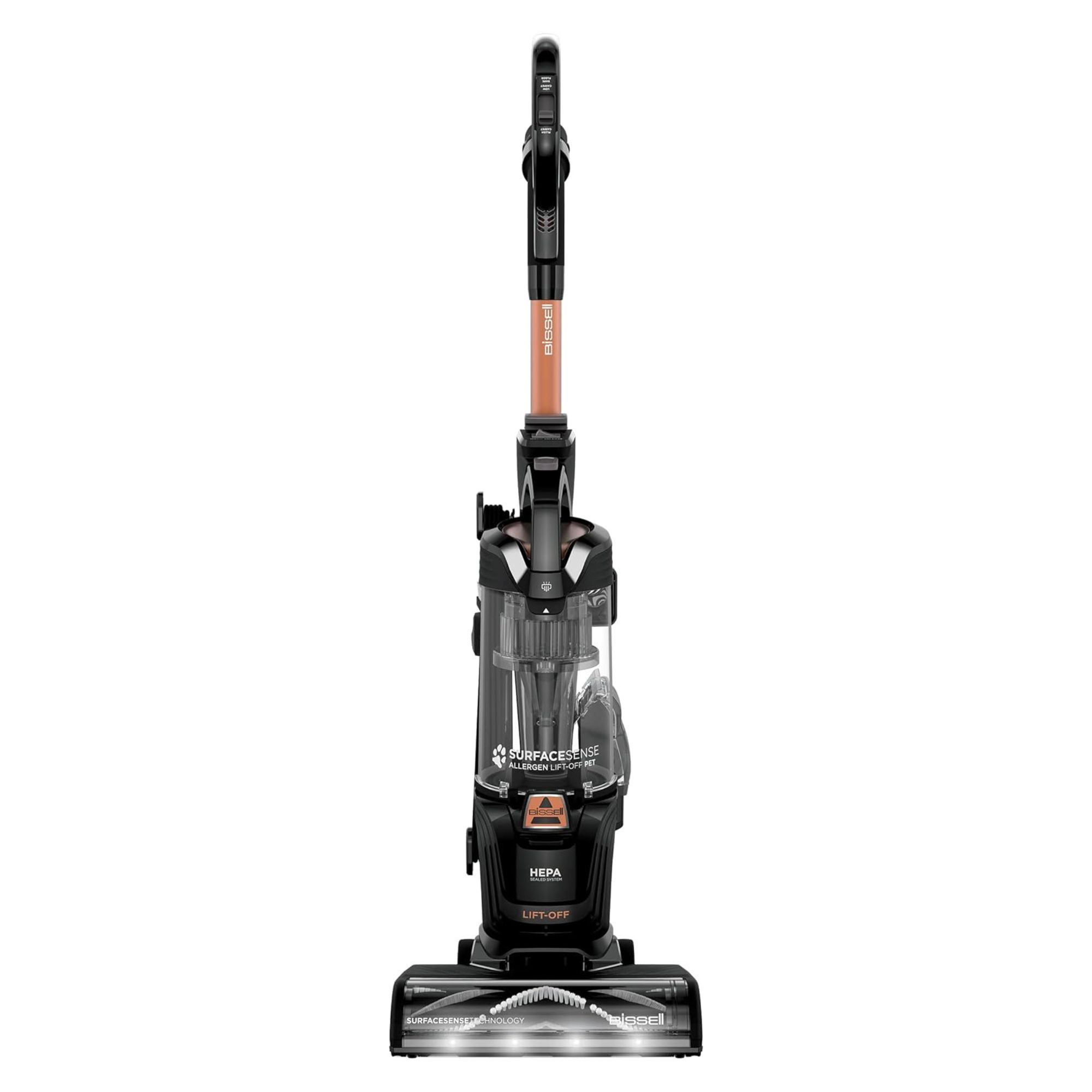
Surprisingly, at this low price, the Bissell SurfaceSense never once wrapped with hair during testing. It's an ideal pet hair vacuum that's easy to maintain if you're on a budget.
Read more in our full Bissell SurfaceSense Allergen Pet Lift-Off review.
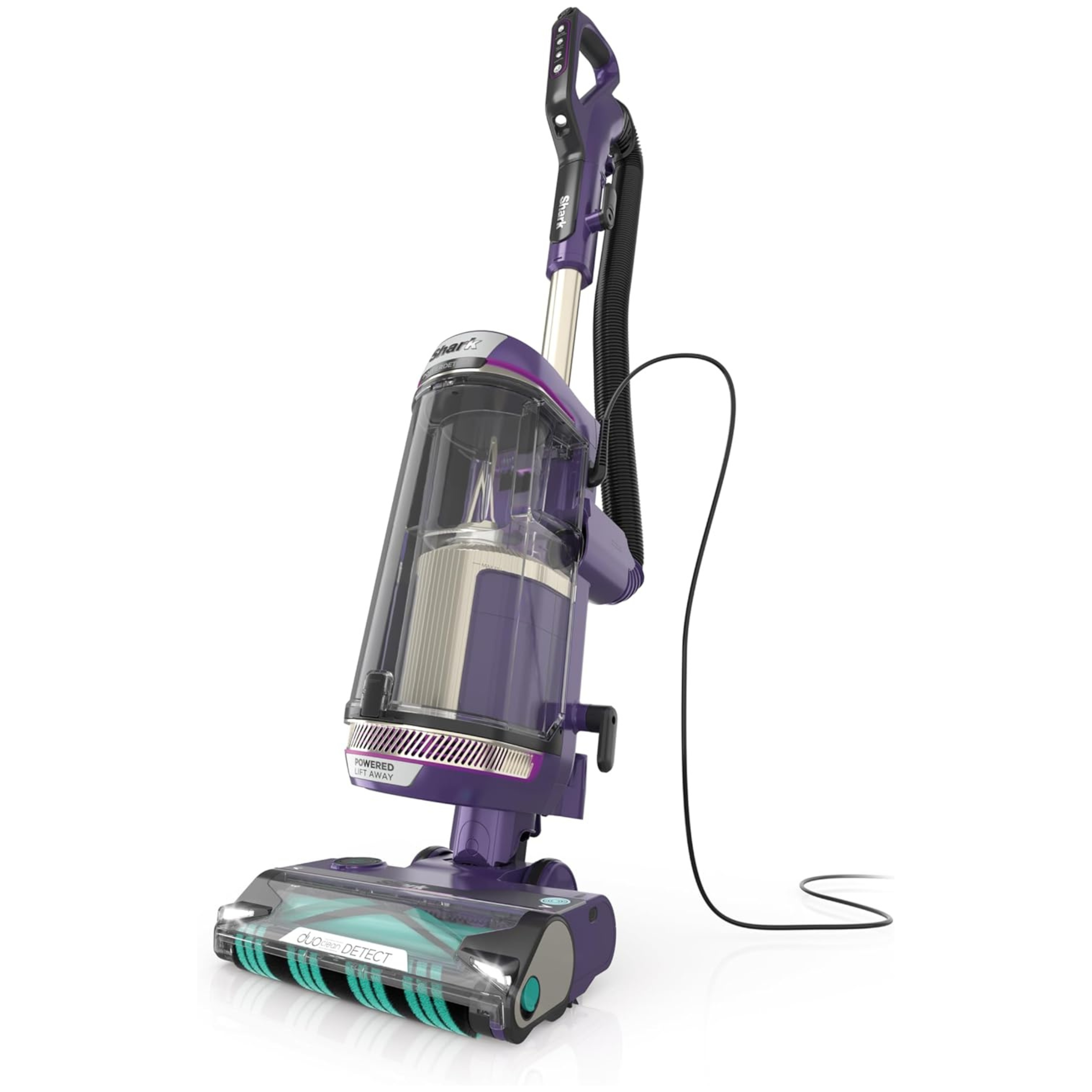
Not only is this the best upright vacuum we've tested, it's also an excellent choice for pet owners. On test, it cleared a cat hair-ridden carpet in one pass, and thanks to dual brushrolls it avoids hair wrap.
Read more in our full Shark POWERDETECT Upright review.

The smaller sister of our best vacuum, the Dyson V15 Detect, with all the same pros such as incredible suction power, whole-machine HEPA filtration and an anti-tangle floorhead, in a design that's intuitively lightweight and easy to use.
Read more in my full Dyson V12 Detect Slim review.
For more maintenance tips, look out for the most common faults in Dyson vacuums, the most common faults in Shark vacuums, and the most common faults in robot vacuums so you can avoid yours breaking.







